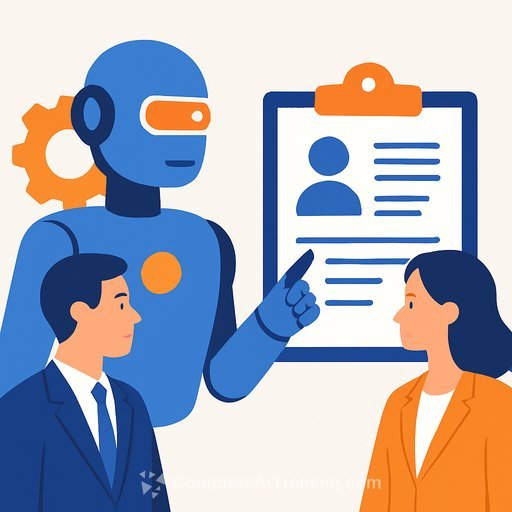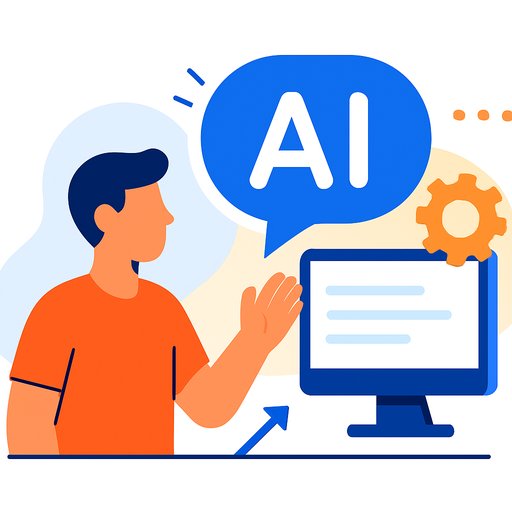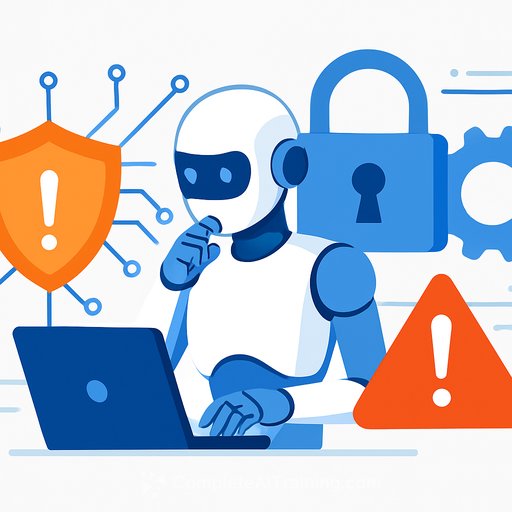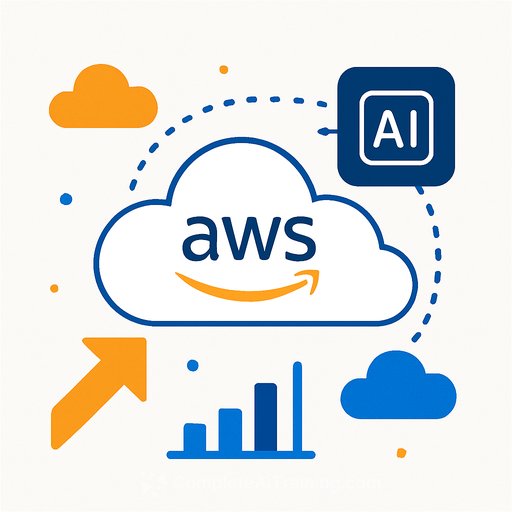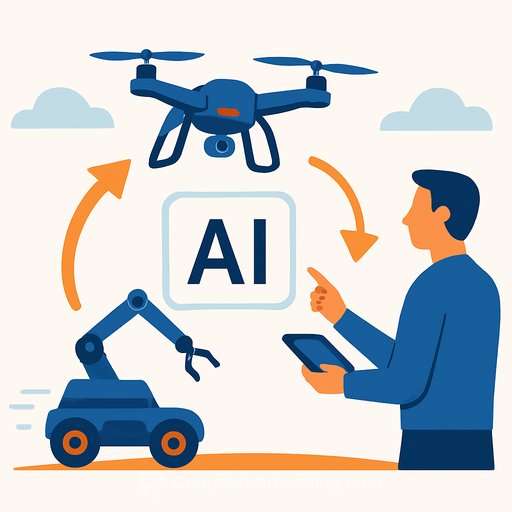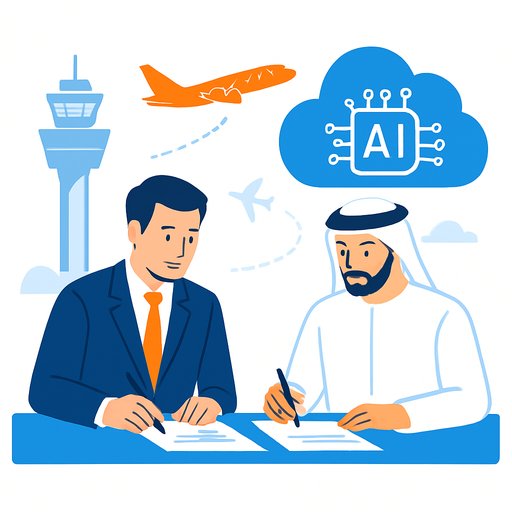Why Satya Nadella's Microsoft Hiring Plans Put AI at the Center
Microsoft is getting ready to grow headcount again. The difference this time: every new role is expected to produce more impact per person by using AI as leverage.
On the BG2 podcast, Satya Nadella said, "We will grow our headcount… with a lot more leverage than the headcount we had pre-AI." Translation for leaders and teams: hiring won't be about adding parallel hands. It's about people who can rework processes with AI and drive outsized output.
What "AI leverage" looks like in practice
Nadella shared a clear example. A Microsoft exec running networking fiber couldn't hire fast enough to meet data center demand-so she built AI agents to handle maintenance tasks. Headcount didn't just scale; capability did.
Expect this mindset across the company: employees use AI to amplify work, not to do work AI can already do. Copilot in Microsoft 365 and GitHub Copilot are core to that shift. See product details here: GitHub Copilot.
Context: cuts, then a reset around productivity
Microsoft reduced layers of management and cut several thousand roles across 2025 to speed up decision-making. Gaming also trimmed projects to focus on growth areas. The signal: fewer layers, clearer priorities, tighter loops from idea to deployment.
Now the company plans to add roles-but in functions where AI-driven workflows can scale reach, reliability, and speed.
AI platform shift inside Microsoft
Microsoft continues to invest across the stack: more than 400 data centers in 70 regions, the Fairwater site for AI compute, and platforms like Microsoft Fabric that tie data to AI use cases. Learn more: Microsoft Fabric.
Azure AI Foundry aggregates thousands of models for builders. The message is consistent: think in decades, execute in quarters-and ship where AI compounds productivity.
What this means for your org
The plan isn't unique to Microsoft. It's a blueprint any company can adopt: fewer approvals, more automation, and teams measured by outcomes, not headcount. Here's how HR, IT, managers, and individual contributors can adjust now.
For HR and People leaders
- Rewrite job descriptions to include "AI fluency" with clear tools and tasks (e.g., Copilot, retrieval workflows, agent orchestration).
- Update competency models: prompt quality, tool selection, data literacy, and change adoption are core skills.
- Shift interviewing to work-sample tasks: evaluate how candidates redesign a process with AI, not just talk about it.
- Introduce internal mobility programs that retrain high performers into AI-augmented roles within 60-90 days.
- Align compensation bands with measurable AI leverage (output per FTE, cycle time, incident rate).
For IT and Development
- Standardize an AI toolchain: coding assistants, data layer, model access, guardrails, and observability.
- Operationalize GitHub Copilot: set policies, track acceptance rate, measure commit quality and defect drift.
- Create a secure retrieval layer for enterprise knowledge; lock down PII and secrets; audit prompts and outputs.
- Pilot AI agents for routine ops (tickets, maintenance, QA), with human oversight and rollback plans.
- Publish an "AI change log" so teams know what's automated, what's supervised, and who's accountable.
For Managers
- Redesign team workflows before you hire. Add AI first, then fill the gaps where human judgment compounds value.
- Remove unnecessary layers. Push decisions to the edge with clear metrics and weekly operating rhythms.
- Fund 30-60 day sprints: pick one process per team to automate end-to-end and track cost/time saved.
- Tie goals to leverage, not busywork: cycle time, customer satisfaction, error rate, and throughput.
For Individual Contributors
- Adopt a personal "AI loop": draft with AI, fact-check, refine, then templatize for reuse.
- Document prompts and playbooks so your team can replicate wins and improve them.
- Learn one data skill (basic querying or retrieval setup) and one automation skill (agent or workflow tooling).
A simple AI-leverage playbook you can run this quarter
- Map one high-volume, repeatable workflow with clear inputs/outputs.
- Stand up a secure knowledge retrieval layer for it (docs, policies, FAQs).
- Add an AI assistant to draft, triage, or test; keep human review for edge cases.
- Instrument the flow: measure baseline vs. AI-augmented performance weekly.
- Codify the new SOP and train the team; retire the old path after two stable weeks.
Metrics that matter
- Leverage ratio: output per FTE vs. pre-AI baseline.
- Cycle time: request-to-resolution or code-to-deploy time.
- Quality: defect rate, rework percentage, incident frequency.
- Adoption: assistant usage, acceptance rate, and coverage by role.
- Cost to serve: unit cost per task after automation.
Risks and guardrails
- Role clarity: define which tasks are automated, supervised, or human-only.
- Data protection: strict access control, redaction, and audit trails.
- Change fatigue: small pilots, quick wins, and visible metrics to build trust.
- Fairness: train and redeploy where possible; be transparent on outcomes.
The takeaway
Nadella's point is blunt: growth will come from people who can rethink the job with AI, then ship. That's the skill upside-and the hiring filter-across Microsoft's next phase.
If you're running a team, start small, measure everything, and promote the playbooks that work. Headcount will follow leverage.
Upskill your team
Need structured paths by function? Explore role-based programs here: Complete AI Training - Courses by Job. Developers aiming to boost coding output can also pursue this track: AI Certification for Coding.
Your membership also unlocks:

